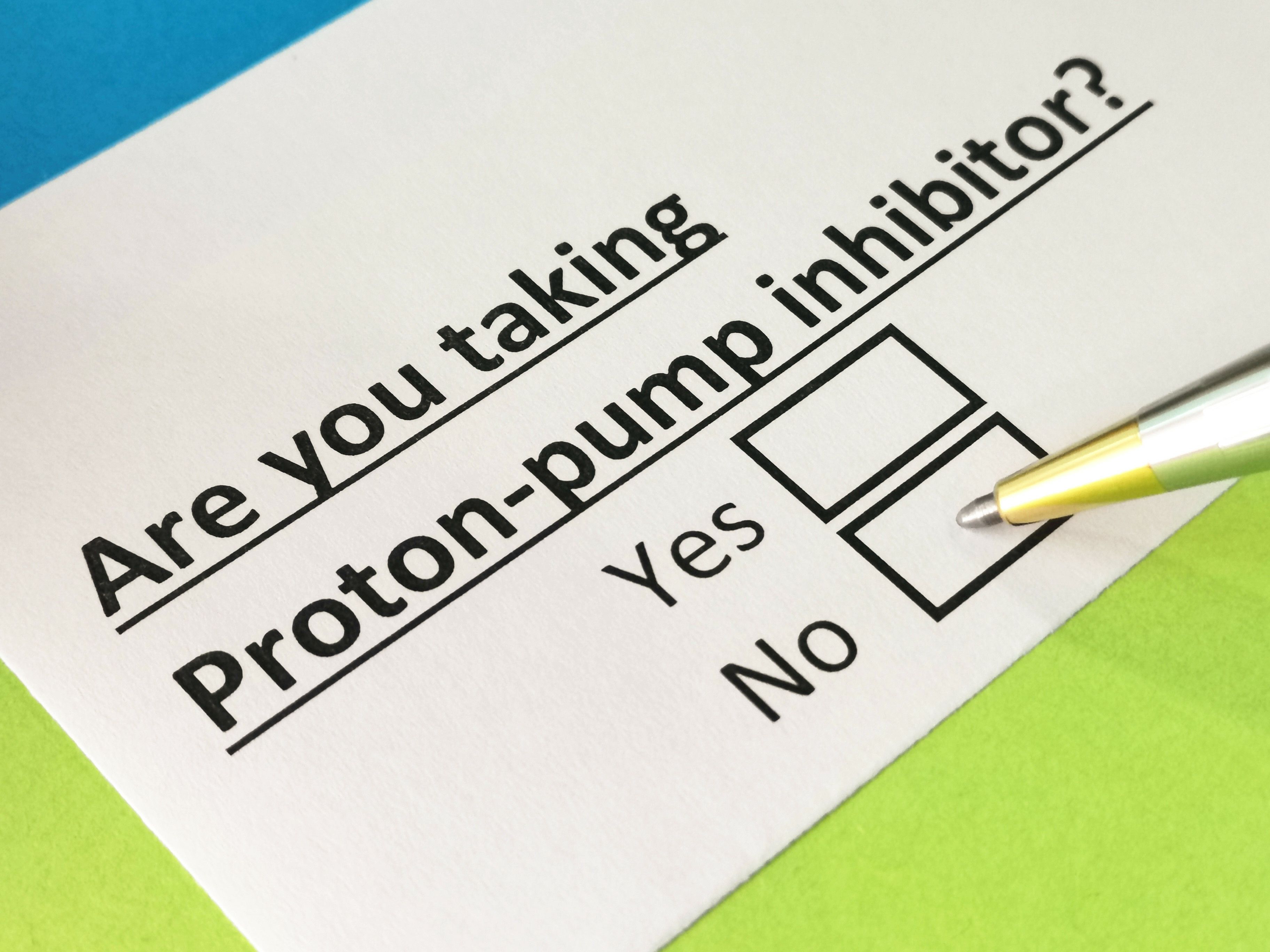Using Proton-Pump Inhibitors Increased Risk of Acquiring Drug-Resistant Enterobacterales
A third to a half of PPIs are overprescribed, potentially leading to an increased risk of the colonization with drug-resistant microorganisms.
Using proton-pump inhibitors (PPIs) was associated with an increased risk of acquiring drug-resistant microorganisms, according to an original investigation published in JAMA Network Open. Their findings represent an emphasized need to use PPIs judiciously.
Investigators from Amsterdam conducted a case-control study involving 2239 adult patients with extended-spectrum β-lactamase (ESBL)- or carbapenemase-producing Enterobacterales. These patients were hospitalized at 1 of 2 tertiary care centers between January 2019-January 2021.
The investigators aimed to assess the link between use of PPIs and the risk of acquiring these drug-resistant Enterobacterales. The study authors said that approximately a third to half of PPIs are overprescribed, which could be leading to an increased risk of the colonization with drug-resistant microorganisms. Additionally, the investigators examined any interactions with possible microbiome-altering agents.
The hospitalized patients were matched to a control group without ESBL- or carbapenemase-producing Enterobacterales. The control group was formed at a rate of 5:1 and included metrics such as index date and age. These control group patients were hospital inpatients without the ESBL- or carbapenemase-producing Enterobacterales cultures.
The study authors measured primary exposure as PPI use within 30 days before the index date with continuous PPI treatment as prescribed. Secondary exposure was defined as PPI use within 90 days prior to the index date.
There were no outbreaks during the study period, the authors noted, and added that both centers have a standard contact isolation precaution for patients with colonization and/or infection with ESBL- or carbapenemase-producing Enterobacterales.
Study group patients were about half male and half female and had a mean age of 60 years. About a quarter of the men and a quarter of the women used PPIs, of which the majority was pantoprazole sodium (ATC code A02BC02). Patients in the study group were more likely to have prolonged hospitalization compared to the control group.
The burden of chronic diseases, such as kidney and cardiovascular diseases, antibiotic use, and other markers of disease severity were more prevalent in the study group compared to the control group and also were classic risk factors for ESBL- or carbapenemase-producing Enterobacterales, the study authors added.
The investigators determined the adjusted risk of acquiring ESBL- or carbapenemase-producing Enterobacterales with PPI use was nearly 50% higher than the risk without the use of PPIs. Classifying these results by sex, cancer diagnosis, and other factors did not cause these results to differ significantly.
Microbiome-altering agents, such as antibiotics and immunosuppressants, together with PPIs did not demonstrate additional interactions. Antibiotics and laxatives, though, yielded a 2-fold increase in the risk for acquiring ESBL- or carbapenemase-producing Enterobacterales.
“The findings of this case-control study support the role of PPI use as an independent risk factor associated with the acquisition of ESBL- or carbapenemase-producing Enterobacterales,” the study authors concluded. “Given that PPIs are widely misused, judicious use of PPIs is warranted to potentially prevent the associated acquisition of ESBL- or carbapenemase-producing Enterobacterales.”

